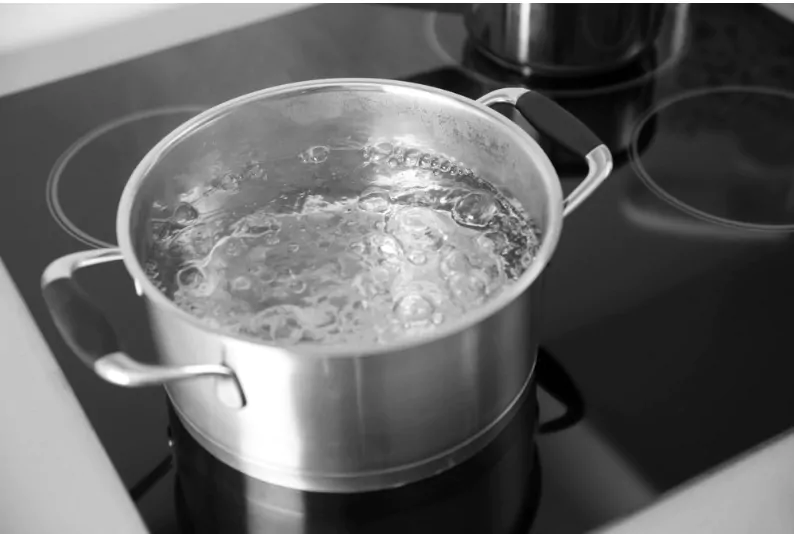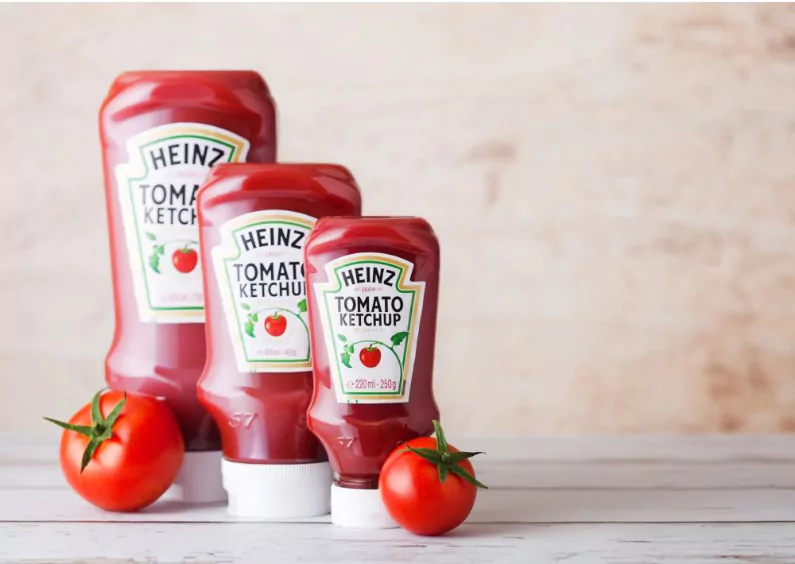How To Clean Burnt Utensils – Easy & Simple Hacks

We all believe that cooking a perfect meal is an art. But the truth is, no matter how proficient we are in the kitchen, we all have made some mistakes from time to time while trying new recipes. A common mistake is not paying attention while cooking and overheating cooking utensils. A burnt utensil that has been burned not only spoils your dish but also requires so much work to clean.
Even with the best dishwashing soap on the market, you will still have difficulty getting rid of food stains from burnt utensils because scrubbing the burnt area will make you tired and the results will also seem unappealing. The good news is, from now on, you won’t have to face any trouble while removing tough stains on burnt vessels. The article below shares some easy and effective tips for cleaning burnt vessels without any hassle. These methods are tried and tested by our team so make sure you try these tips next time you clean burnt vessels at your home.
1 Baking soda

The use of baking soda is not limited to making cakes. You can even use it to clean burnt vessels during cooking. You can clean burnt stains with baking soda in just a few steps.
- For best results, soak the burnt vessel in warm lemon water for nearly 1 hour.
- Add a small amount of baking soda along with your regular dishwashing liquid to the scrub pad.
- The last step is to scrub the baking soda in a circular motion on the burnt stain.
2 Aged wine

It is commonly believed that aged wine is good for drinking, but did you know wine can serve other purposes as well? Those who enjoy fine wine would keep a bottle in their house. If you also have a bottle of wine at your home, try the following steps to get rid of nasty stains:
- If you have a burnt pan, pour some wine on it, and let it rest for a while.
- You will be amazed by the results that within a few minutes, the burnt patch will start to fade away.
- The wine softens the crust of the burnt layer on your vessel so that you can scrape it off with a plastic brush.
3 Aerated drinks

We all love to drink soft drinks such as Coca-Cola which is a carbonated drink. Surprisingly, a burnt pot can be cleaned very effectively with aerated drinks. Just follow these easy tips:
- Pour the aerated drink into the burnt utensils and stir the coke for a few minutes on high flame.
- Once the bubbles have stopped appearing, take off the utensil from the gas and scrub the burnt bits with a plastic brush or dish soap.
- Please keep in mind that utensils made of steel and aluminum work well with this trick.
4 Dishwashing liquid detergent and dishwashing soaps

The daily dishwashing soap which you use in your dishwasher can also be used to clean burnt vessels with some easy-to-follow steps:
- Mix some hot water with regular dish soap and pour it into the burnt pan.
- Wait a few minutes after you pour the detergent into the pan. Clean the stubborn stains normally.
- Depending on the intensity of the burnt food, you might need to repeat the process a few more times to remove stains.
This remedy works with most dishwashing soap or any normal soap.
5 Hot water

The most simple and effective way to remove burnt stains from dirty dishes is to use only warm water. As soon as you see your vessel has burned, add hot water to it. Doing this will remove the stain within no time.
If you want to get the best results, soak the vessel in warm lemon water for some time and rub a ball of steel wool against the burnt vessel.
6 Tomato ketchup

Burned stainless steel utensils can sparkle again with a little attention. Check out this simple and easy trick for removing stains from stainless steel utensils.
- Spread a thick layer of tomato sauce over the burnt mess and let it sit overnight.
- In the morning, you’ll be amazed at how easily tomato ketchup removes stains.
Since tomatoes are acidic, the acid dissolves the burnt stains. The acidic nature of tomatoes works as a cleaning agent to clean a burnt vessel.
7 Salt

Adding salt to any dish can improve its taste. In addition to removing tough stains, this super cooking ingredient is also used widely to clean burnt utensils. Just follow these steps and you will be shocked by the results!
- Just add a pinch of salt and water to the burned vessel and let it boil on low flame.
- Scrub the burnt spot with a scrubbing pad and you will witness how the salt works effectively. Let the utensil dry naturally for a few hours. Wipe the utensil with a normal cloth.
8 Vinegar

Lastly, we have vinegar. Using vinegar to clean your pans is also a great way to get rid of crusty burnt food. Take some vinegar and soak the burnt stains for 30 minutes. Then, wash it with warm water and soap.
Vinegar contains acetic acid which is proven to be an effective solution to clean pots and pans made of aluminum which are prone to burn marks. You can also use lemon juice which is a form of citric acid.
9 Wrapping Up
Cooking and trying new recipes can sometimes go wrong and we might end up burning the food along with the utensils. You can remove the toughest stains from your vessels by using any of the above-mentioned hacks. We would recommend you start with the easiest hacks and then move towards the more effective ones depending on how badly the utensils are burnt.
Which of these hacks proved to be helpful for you? Let us know in the comment section!
FAQ's about How to clean burnt vessels
Which soda is used for cleaning utensils?
Baking soda is the most commonly used ingredient for cleaning utensils. If you use baking soda with a sponge, you will feel that it scrubs better without becoming too rough due to the fact that baking soda provides extra scrubbing power. You can add some baking soda to a sponge and use it for removing stains from toilets and sinks.
How can I clean my utensils naturally?
One of the natural remedies to clean utensils is to use baking soda, salt, and water.
Pour some water into the utensil. Prepare a mixture of baking soda and salt in equal quantities. Add the mixture to the water and boil it for a few minutes. Scrub the utensil with free hands or a gentle scrub and rinse it with warm water. You will be amazed by the shiny surface of the utensil after the rinse.
Which chemical is used to clean utensils?
A dishwashing detergent is the most common chemical used to clean utensils at home or in restaurants. Unlike powder detergents, liquid dishwashing detergent leaves no white soap residue after washing. Additionally, liquid detergent makes scrubbing utensils easier than a detergent soap.
What cleaning agent works best with utensils that have burnt food on them?
Vinegar and Baking soda are the two best cleaning agent that works best with utensils that have burnt food stuck to the surface. Vinegar works well for stuck-on food because the acetic acid in vinegar breaks down stubborn food particles.
- Pour water into the utensil and boil it.
- Put 1 cup of vinegar into a pot of boiling water.
- Add 2 spoons of baking soda and stir the mixture for a while.
- For any remaining food particles on the pan, scrub it with a smooth sponge.
- Rinse the utensil with warm water.
Community Q&A
About This Article
This article has been viewed 702 times.



